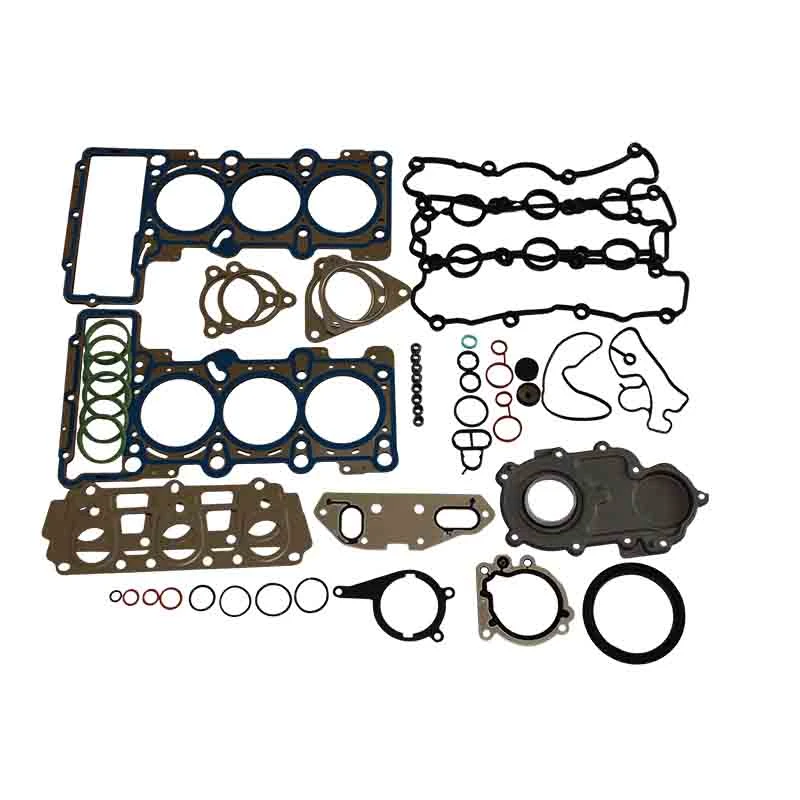oil seal 45 65 10
Understanding Oil Seals Insights into the 45x65x10 Specifications
Oil seals, often referred to as rotary shaft seals or simply seals, are crucial components in various mechanical systems, particularly in machinery that requires lubrication. The specification “45x65x10” usually denotes the dimensions of the oil seal a 45 mm inner diameter (ID), a 65 mm outer diameter (OD), and a 10 mm width. While these dimensions seem simple, they serve a vital role in ensuring the efficiency and longevity of machinery by preventing leaks and contaminants from entering the operating environment.
The Importance of Oil Seals in Machinery
Oil seals perform the essential function of sealing rotating shafts and other dynamic components. They are designed to keep lubricants contained within a system, thereby minimizing the risk of leaks that could lead to catastrophic failures. The loss of lubrication can result in increased friction, overheating, and ultimately, damage to the mechanical parts. The 45x65x10 oil seal, for instance, finds applications in several industries, including automotive, manufacturing, and heavy machinery.
In an automotive context, oil seals can be found in places such as the engine, transmission, and differential. These components are subjected to high rotational speeds and varying environmental conditions. Therefore, a proper seal not only retains oil but also withstands pressure, temperature changes, and exposure to contaminants. A well-functioning oil seal ensures that the systems operate smoothly, enhancing overall vehicle performance.
Materials and Design
Oil seals are typically made from elastomeric materials, such as nitrile rubber (NBR), fluorocarbon rubber (FKM), or polyurethane, depending on the specific application requirements. Nitrile rubber is common due to its excellent resistance to petroleum oils and other chemicals, making it ideal for automotive and industrial applications. On the other hand, FKM is preferred in high-temperature or chemical applications due to its superior durability and thermal stability.
The design of the oil seal also incorporates several features that enhance its functionality. Most oil seals come with a lip that presses against the shaft. This lip design can be single or double, with a single lip providing sufficient sealing for many applications while a double lip can offer additional protection against dirt and moisture intrusion. Furthermore, a spring is often incorporated in the lip to maintain consistent contact with the shaft, ensuring an effective seal under varying conditions.
oil seal 45 65 10

Installation and Maintenance
Proper installation of an oil seal is crucial for its performance. The shaft must be clean and smooth, and any nicks or abrasive materials must be removed to prevent premature wear. Additionally, applying a thin film of lubricant on the sealing surface can help in achieving a better initial seal and facilitate installation. It is essential to avoid any excessive force during the installation to prevent damaging the seal.
Maintenance of oil seals is generally minimal, but it is vital to regularly check for leaks or signs of wear. If an oil seal fails, it can lead to loss of lubrication and increased wear on the associated mechanical components, resulting in costly repairs or replacements. Signs of a failing oil seal include oil puddles under machinery, a noticeable decrease in oil levels, or abnormal noise from the machinery due to increased friction. Timely replacement of a failing oil seal is crucial in extending the life of the machinery.
Technical Considerations
When selecting an oil seal like the 45x65x10, several technical factors must be considered, including the working environment, operating temperature, and potential chemical exposure. Compatibility with the specific type of lubricant being used is also essential; for instance, certain seals may not withstand synthetic oils or bio-degradable lubricants, which could lead to failure.
It's important to consult with manufacturers or suppliers who can provide guidance on the most suitable materials and designs based on the application. Investing in high-quality oil seals can significantly contribute to the reliability and efficiency of mechanical systems.
Conclusion
In summary, oil seals such as the 45x65x10 play an essential role in the functionality of machinery across various industries. Understanding their design, materials, and proper installation can lead to enhanced operational efficiency and a longer lifespan for mechanical components. By recognizing the importance of these components, organizations can ensure optimal performance and reduce maintenance costs over time.
-
Understanding the Front Main Engine Seal: Purpose, Maintenance, and Installation
News Jul.29,2025
-
Understanding O-Rings and Seal Rings: Types, Applications, and Custom Solutions
News Jul.29,2025
-
Understanding Crankshaft Oil Seals: Rear Seals, Pulley Seals, and Their Role in Engine Integrity
News Jul.29,2025
-
The Importance of Front and Rear Crankshaft Seals in Engine Performance and Oil Management
News Jul.29,2025
-
Crank Oil Seals: Functions, Types, and Cost Considerations in Engine Maintenance
News Jul.29,2025
-
A Comprehensive Guide to O-Rings and Seals: Types, Materials, and Global Applications
News Jul.29,2025
-
Mastering Diesel and Performance Engine Maintenance: A Guide to Critical Oil Gaskets
News Jul.28,2025
Products categories















